COP28: Science Has Never Been More Important
By Mauricio Diazgranados, Ph.D.
Chief Science Officer, NYBG
Nature and science are a critical part of the solution. Read more about this year’s conference, and why it was deemed the “COP of Hope.”

November 30–December 12
Ongoing | Online
COP28 is the 28th Conference of the Parties to the United Nations Framework Convention on Climate Change. Held annually, the conference convenes delegates from around the world to negotiate goals for combating climate change and limit Earth’s warming to 1.5 degrees Celsius above pre-industrial levels.
The climate crisis and biodiversity crisis are intertwined. Climate change is one of the main drivers of biodiversity loss. However, protecting and restoring nature is a key part of the climate solution. According to The Nature Conservancy, natural climate solutions can reduce emissions by one-third to mitigate the worst impacts of climate change. NYBG has been advancing plant research and conservation over its 132-year history and leverages its expertise and collections to address the climate crisis. During COP28, NYBG scientists share how their work on key themes at the conference, from nature-based solutions and regenerative agriculture to the roles of Indigenous people, advance solutions for the climate crisis.

By Mauricio Diazgranados, Ph.D.
Chief Science Officer, NYBG
Nature and science are a critical part of the solution. Read more about this year’s conference, and why it was deemed the “COP of Hope.”
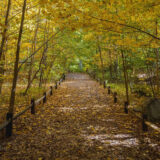
As COP28 concludes, NYBG CEO and President Jennifer Bernstein called for stepping up momentum to conserve and restore natural ecosystems as an essential part of avoiding a climate disaster in an op-ed essay in the New York Daily News.
Hear from NYBG experts on how their work advances climate solutions.
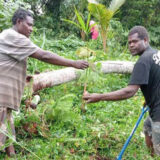
The Plants and People of Vanuatu program has been operating since 2013 and works with local partners to develop strategies and projects that help support local people and preserve the environment in which they live. Learn more about a recent project to plant native palms, which has furthered nature-based solutions and Indigenous culture in Vanuatu.
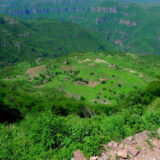
This project seeks to contribute to the documentation, preservation, and revitalization of the Wixárika language and plant traditions.
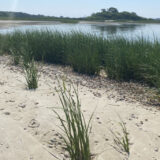
The Indigenous people of the Shinnecock Nation have long maintained a strong connection to the plants of their homelands on the eastern end of Long Island and the knowledge associated with those plants. Learn more about two projects that support the preservation of biological diversity and cultural knowledge.
Hear from NYBG experts on how their work advances climate solutions.
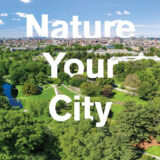
Learn about the work of Eric Sanderson, Ph.D., NYBG’s Vice President for Urban Conservation Strategy, and how we can apply the historical ecology of our past to envision a greener future.
Hear from NYBG experts on how their work advances climate solutions.
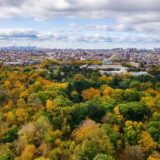
NYBG Associate Curator Brad Oberle, Ph.D., talks about how forests play a complicated role in the carbon cycle—but are ultimately one of the best nature-based climate solutions due to their ability to sequester carbon.
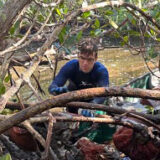
Mangroves are supremely valuable for regulating climate, improving water quality, supporting fisheries and protecting coastlines from storm surge. Learn more about why mangroves may just be the most valuable forests on earth.
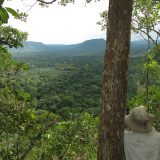
The Brazilian state of Rondônia is one of the most biodiverse areas of the Amazon with a wide range of habitat types and topography, but its flora is among the least documented and is under increasing threat from agricultural development, forest fires, and more. NYBG’s Douglas Daly, Ph.D., and his partners are leading a research project in the state, investing in training, institution-building, scientific exchange, and botanical exploration.
Hear from NYBG experts on how their work advances climate solutions.
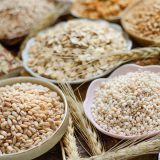
Alex McAlvay, Ph.D., Assistant Curator at NYBG’s Institute of Economic Botany, discusses his research on maslins—traditional grain mixtures that could give us insight on how we can improve agricultural methods to be more resilient in the wake of a changing climate.
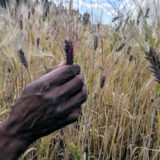
NYBG’s International Plant Science Center is working to combat the complex challenges posed by climate change to our food systems. Why is a botanical garden so focused on food? Because the diversity of plants—both crops and wild—around the world has everything to do with the resilience of our food systems.

Learn why Dr. Diazgranados is a “Botanist in a Hurry” in this profile in The New York Times.